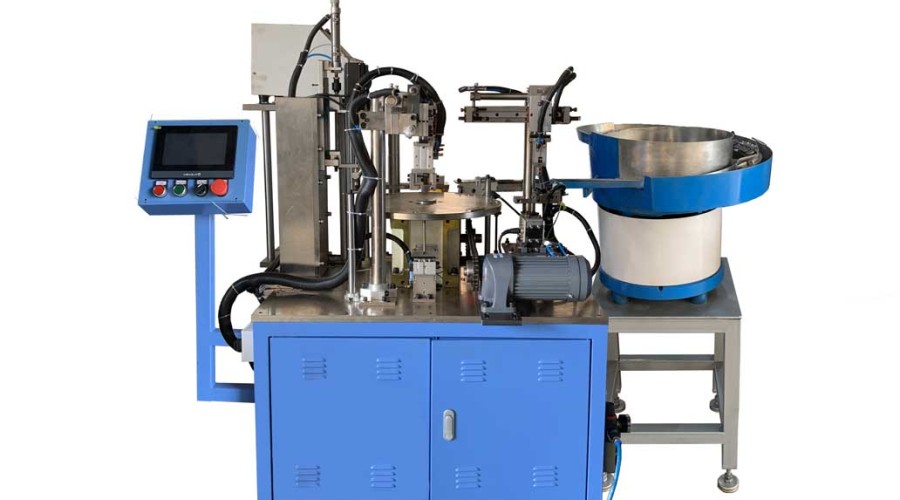
In the intricate world of machine processing, where precision and efficiency reign supreme, the vibrating bowl feeder stands out as a silent but powerful conductor of orchestrated movements. This article delves into the multifaceted applications of vibrating bowl feeders, exploring how these ingenious devices play a pivotal role in enhancing the speed, accuracy, and reliability of machine processing operations.
1. Introduction to Vibrating Bowl Feeders:
A vibrating bowl feeder is a specialized device designed to automate the feeding and orientation of components in machine processing. Comprising a bowl-shaped container and a vibrating base, this equipment uses vibrations to sort, align, and deliver a steady flow of components to downstream processing machines. The versatility of vibrating bowl feeders makes them indispensable in a wide range of industries.
2. Component Sorting and Orientation:
One of the primary applications of vibrating bowl feeders is in sorting and orienting components for subsequent processing. As components are loaded into the bowl, the vibrations cause them to move along the track in a controlled manner. The unique design of the bowl, often with spiraling or circular tracks, ensures that components align in a consistent orientation. This is particularly crucial in industries like electronics and automotive manufacturing, where precision in part orientation is vital for assembly processes.
3. Integration with Assembly Lines:
Vibrating bowl feeders seamlessly integrate
into assembly lines, facilitating the efficient flow of components for assembly
operations. These feeders are often positioned at the beginning of the
production line, ensuring a constant supply of components to downstream
machines. The synchronized movement of components enables high-speed assembly
processes, reducing cycle times and enhancing overall production efficiency.
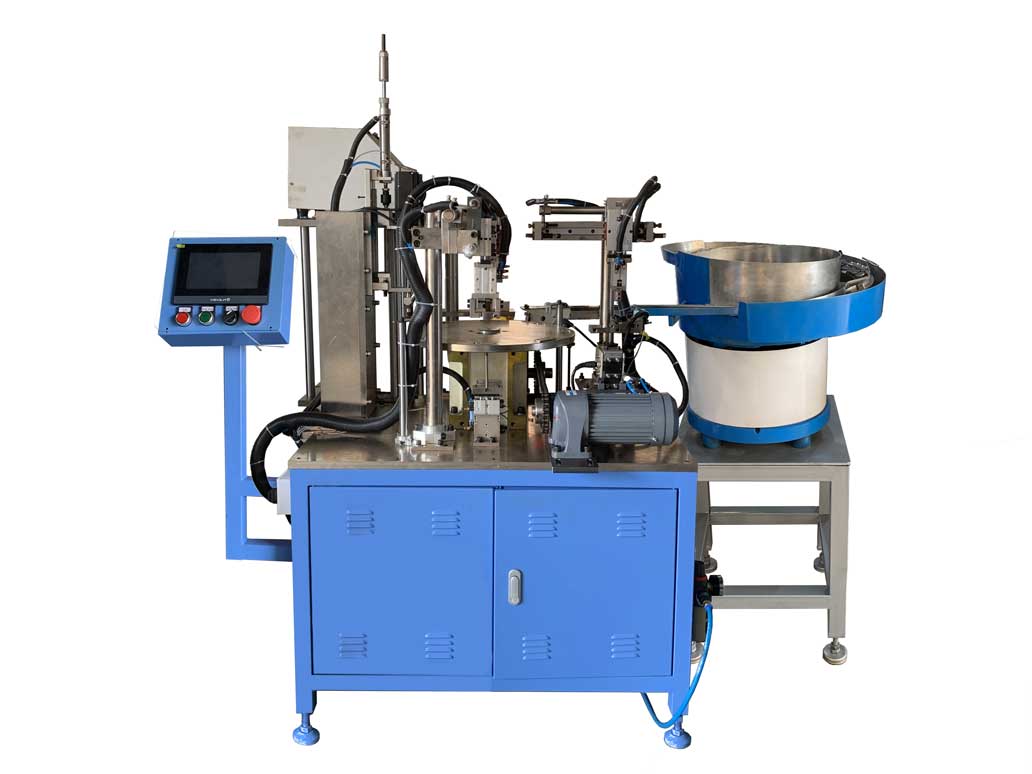
4. Feeding and Orientation of Small Parts:
In industries dealing with small and intricate parts, such as electronics and medical device manufacturing, vibrating bowl feeders excel in handling miniature components. The controlled vibrations prevent jams and ensure a smooth flow of small parts, allowing for precise placement in assembly or processing machines. This application is essential in achieving the microscopic precision demanded by modern manufacturing standards.
5. Pharmaceutical Packaging:
Vibrating bowl feeders find applications in the pharmaceutical industry, particularly in packaging operations. These feeders are utilized to align and deliver pharmaceutical products, such as tablets or capsules, for packaging into blister packs or bottles. The gentle yet efficient handling of delicate items makes vibrating bowl feeders ideal for pharmaceutical manufacturing processes.
6. Food Processing and Packaging:
In the food industry, where hygiene and precision are paramount, vibrating bowl feeders play a crucial role in automating the feeding and orientation of food products. From aligning confectionery items for packaging to ensuring a consistent flow of components in food processing machines, vibrating bowl feeders contribute to the efficiency and hygiene standards of food manufacturing.
7. Customization for Diverse Components:
One of the strengths of vibrating bowl feeders lies in their adaptability to a wide variety of components. The design of the bowl and the amplitude of vibrations can be customized to accommodate different shapes, sizes, and materials. This versatility allows manufacturers to use vibrating bowl feeders across diverse product lines, making them a cost-effective and flexible solution for various applications.
8. Reduction of Manual Labor:
Vibrating bowl feeders significantly reduce the need for manual labor in the feeding and orientation of components. By automating these tasks, manufacturers can achieve higher efficiency, reduce the risk of errors, and free up human resources for more complex and value-added activities. This is particularly advantageous in industries aiming for greater automation and streamlined production processes.
Conclusion:
The vibrating bowl feeder, with its silent
yet impactful presence, emerges as a maestro in the symphony of machine
processing. From sorting and orienting components to seamlessly integrating
with assembly lines, these devices contribute to the precision and efficiency
of modern manufacturing. As industries continue to evolve, the vibrating bowl
feeder remains a key player, orchestrating the flow of components with finesse
and reliability in the intricate dance of machine processing operations.
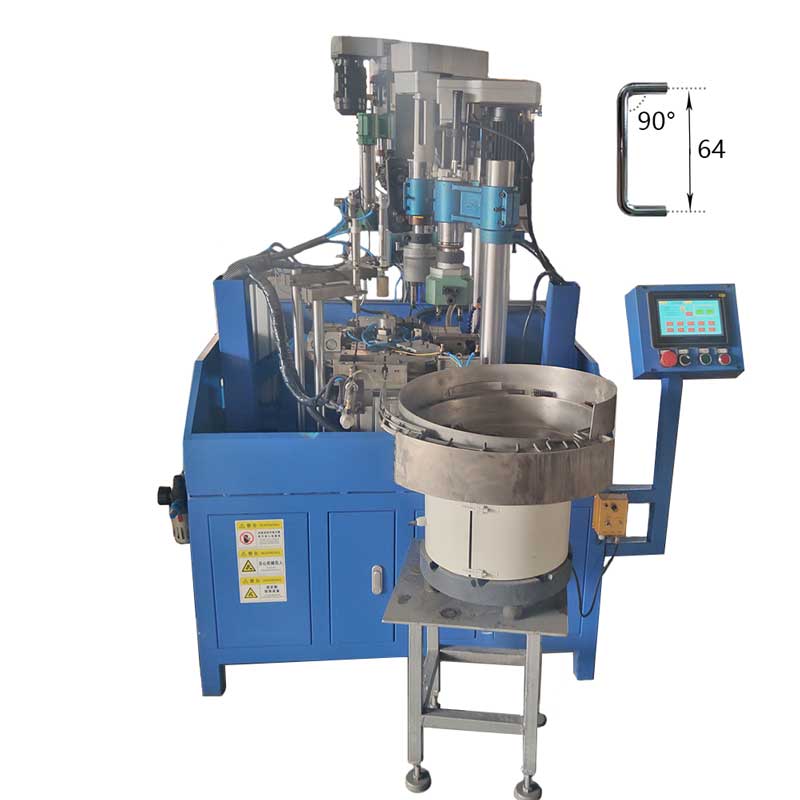
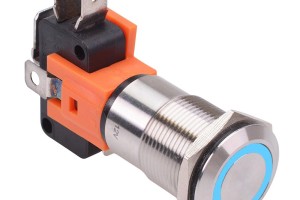
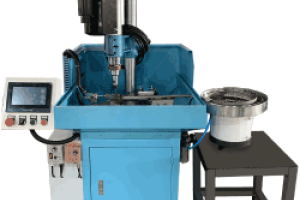
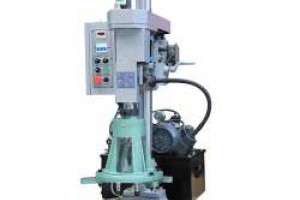
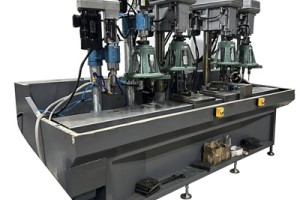
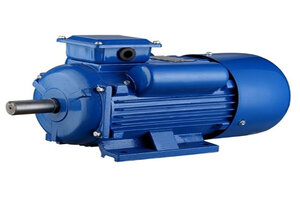
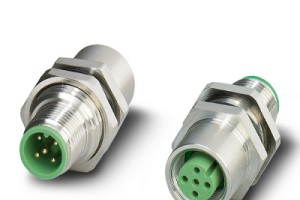
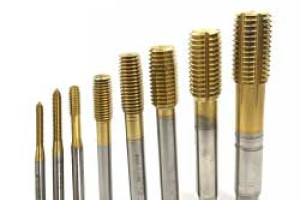
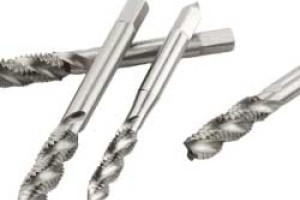
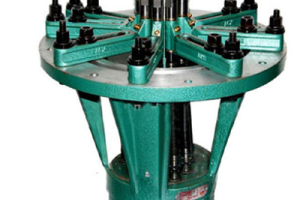
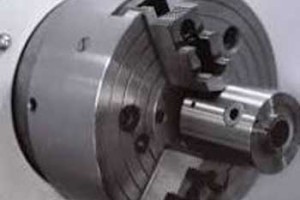
Leave a comment